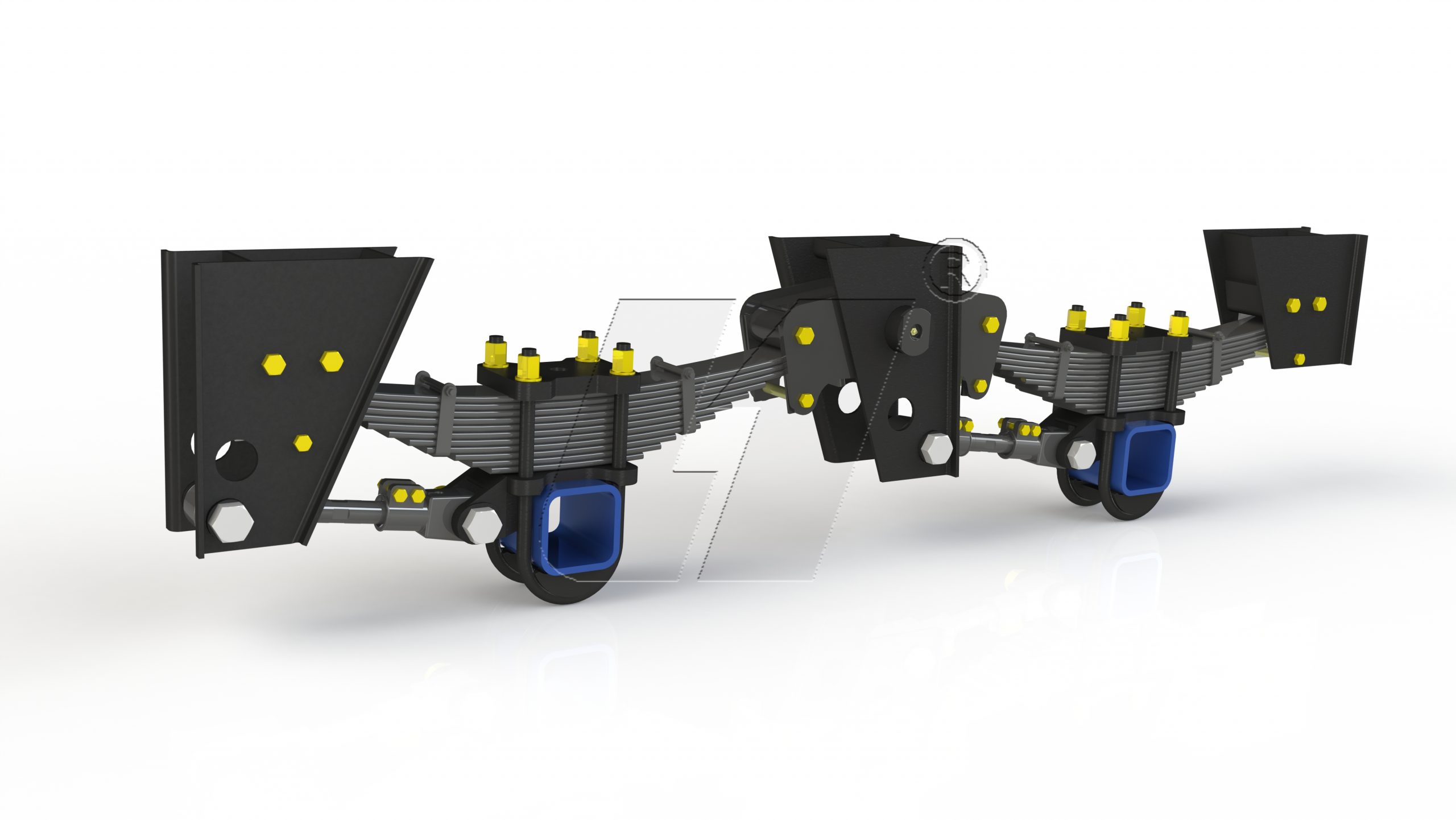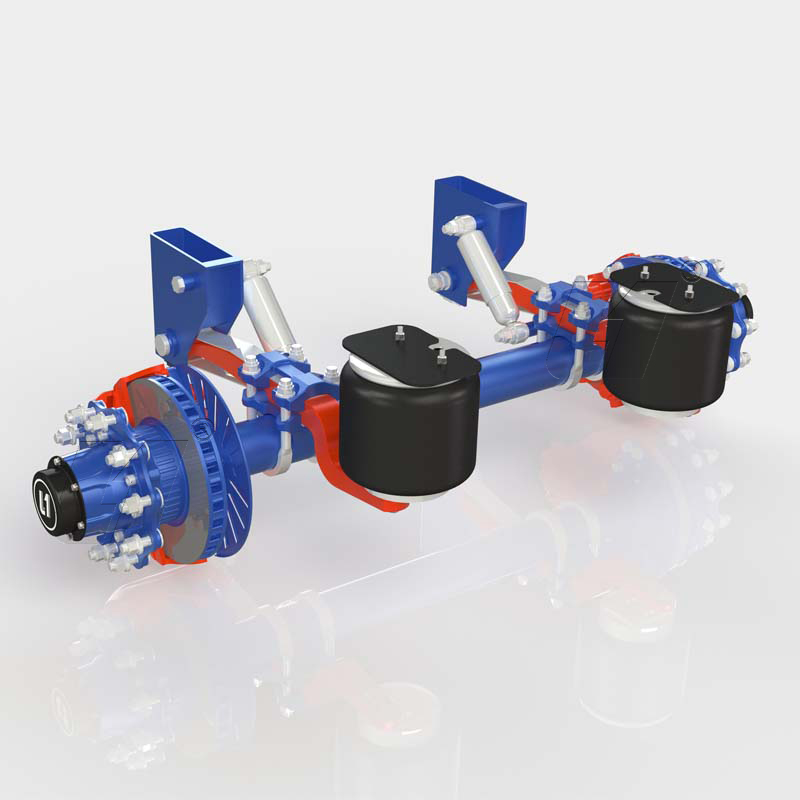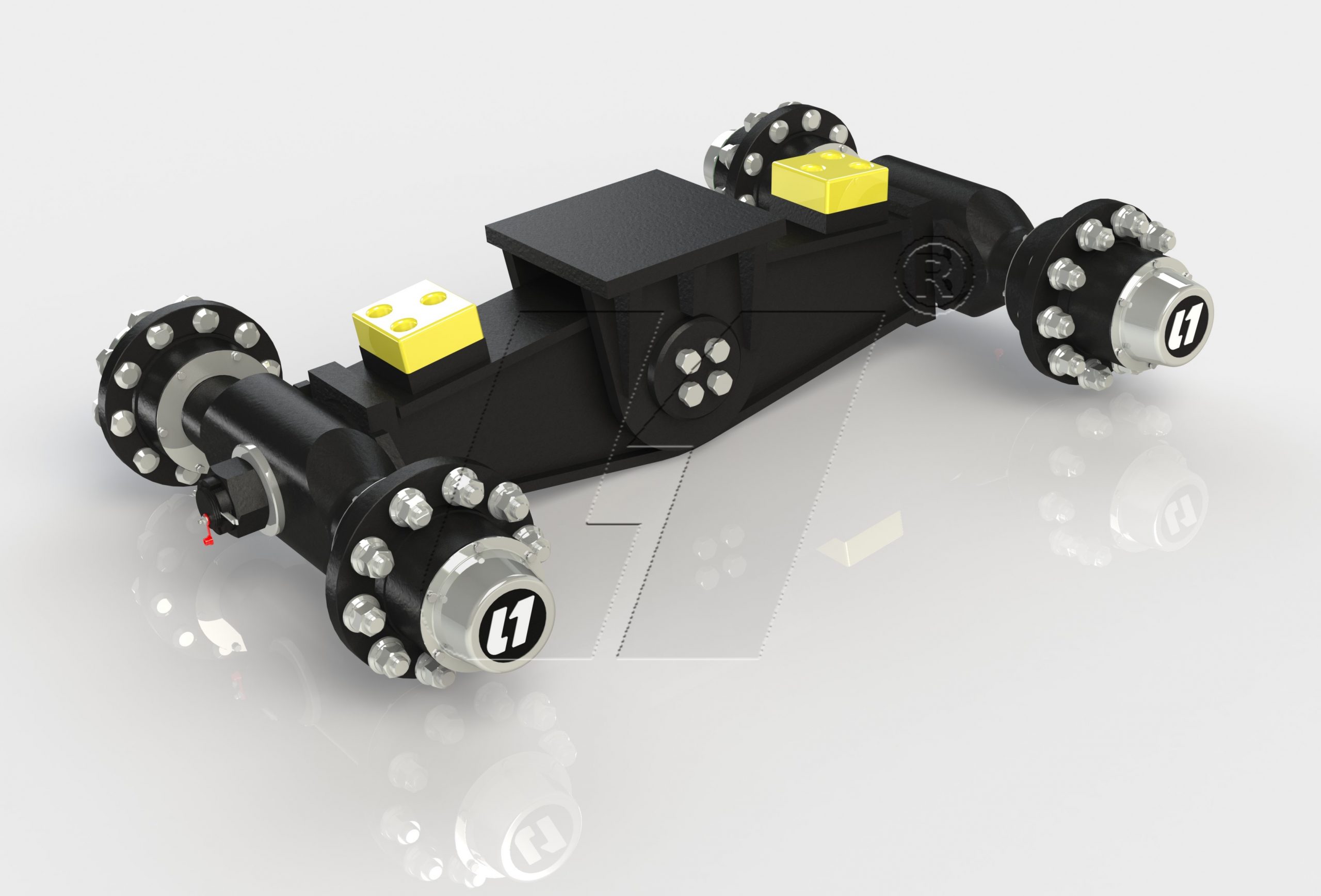Car Suspension 101: What You Need to Know
Car suspension plays a crucial role in providing a smooth ride, ensuring handling stability, and contributing to overall vehicle safety. Here’s a basic overview of car suspension, covering key components and concepts:
1. Purpose of Suspension:
Ride Comfort: Suspension systems are designed to absorb shocks and vibrations from the road, providing a comfortable ride for occupants.
Handling and Stability: The suspension also influences a vehicle’s handling and stability, helping to maintain tire contact with the road during cornering and braking.
2. Key Suspension Components:

Springs: These absorb shocks and support the vehicle’s weight. Common types include coil springs and leaf springs.
Shock Absorbers (Dampers): Dampers control the movement of springs, preventing bouncing and ensuring the tires maintain contact with the road.
Struts: A combination of a spring and shock absorber in one unit. Struts are commonly used in the front suspension.
Control Arms: Connect the suspension components to the vehicle’s frame or body.
Sway Bars (Stabilizer Bars): Reduce body roll during cornering by connecting the left and right wheels.
3. Types of Suspension Systems:
Independent Suspension: Each wheel moves independently, offering a smoother ride and better handling. Common types include MacPherson strut and double-wishbone suspensions.
Dependent Suspension: The movement of one wheel affects the other. Examples include solid axle and torsion beam suspension.

4. Common Suspension Issues:
Worn-out Shocks or Struts: Can lead to a bouncy ride and reduced handling.
Uneven Tire Wear: Poor alignment or suspension issues can cause uneven tire wear.
Pulling or Drifting: Misalignment or issues with suspension components can cause the vehicle to pull to one side.
Noises: Clunks, squeaks, or rattles may indicate worn or damaged suspension parts.
5. Maintenance and Inspection:
Regular Inspections: Check for signs of wear, leakage, or damage in suspension components.
Tire Rotation: Regularly rotate tires to ensure even wear and promote consistent handling.
Wheel Alignment: Proper alignment prevents uneven tire wear and ensures straight-line stability.
6. Upgrades and Modifications:
Performance Suspension Kits: Some car enthusiasts opt for aftermarket suspension upgrades for improved handling and a sportier feel.
Lift Kits or Lowering Kits: Alter the ride height for off-road use or enhanced aesthetics.
7. Air Suspension Systems:
Adjustable Ride Height: Air suspension allows drivers to adjust the vehicle’s ride height for different driving conditions.
Comfort and Performance Modes: Some systems offer selectable modes for varying ride characteristics.

8. Electronic Suspension Systems:
Adaptive Damping: Electronic systems adjust damping rates in real-time based on driving conditions.
Selectable Driving Modes: Drivers can choose between comfort, sport, or other modes for customized driving experiences.
9. Safety Considerations:
Tire Maintenance: Proper tire inflation is crucial for optimal suspension performance.
Brake System Integration: Suspension systems work in conjunction with the braking system to ensure effective stopping.
10. Professional Inspection and Repairs:
Qualified Technicians: Suspension issues should be addressed by qualified technicians to ensure proper diagnosis and repairs.
Timely Repairs: Promptly addressing suspension issues is essential for vehicle safety and performance.
Understanding the basics of car suspension empowers vehicle owners to identify potential issues, perform basic maintenance, and make informed decisions when it comes to upgrades or modifications. Regular inspections and timely repairs contribute to a safer and more comfortable driving experience.
Are you looking for the best car suspension brands?
We offer some of the best car suspension you can buy – why not check out our products here.


